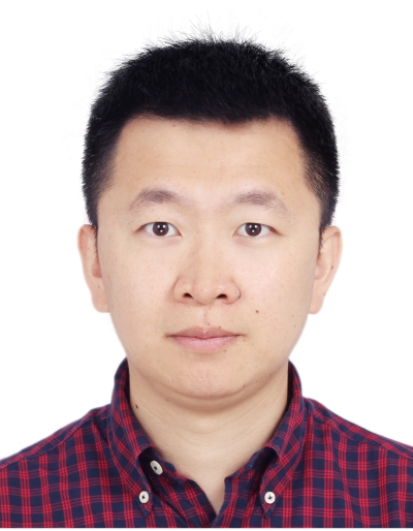Design of Wearable Triboelectric Nanogenerator for Self-Powered Healthcare and Biomedical Sensing
Yannan Xie
Institute of Advanced Materials, Nanjing University of Posts and Telecommunications, Nanjing, Jiangsu, 210023, China
Abstract
Recently, wearable sensors have experienced a rapid development and are greatly desirable for commercial, medical, and military applications. Among them, the self-powered sensing technology has been recognized to be a promising sub-category and exhibit vast potential in healthcare and biomedical monitoring, prosthesis development, sport sensing, and human-machine interfacing. The self-powered active sensor will generate electricity as a response to the external stimuli and the electric signal can reversely reflect the impact of the outside trigger. Therefore, it is able to effectively and independently work without any external power sources. Originated from Maxwell’s displacement current, triboelectric nanogenerator (TENG) based on a coupling of triboelectric effect and electrostatic induction has been developing rapidly for self-powered active sensor. Here, we report a series of TENG structures for self-powered healthcare and biomedical sensors. Firstly, a stretchable, flexible and wearable kinesio-tape-based TENG (KT-TENG) has been demonstrated relying on the lateral sliding working mode as a self-powered active human motion sensor. This type of device does not require a macro-scale air gap inside or triboelectric layers to be stretchable, exhibiting numerous advantages including simple fabrication, compact structure without air gap, superior stretchability and flexibility, and excellent conformable contact with skin. Secondly, a seesaw structure TENG (SS-TENG) has been proposed based on vertical contact-separation working mode. Thanks to the asymmetric structure, the SS-TENG can be adopted to monitor the motion direction and velocity of moving objects. Being integrated with shoes or insoles, the SS-TENG can detect the foot posture under natural human motion. Thirdly, a self-powered breath sensor based on the angle-shaped TENG has been demonstrated to monitoring the pulmonary function of human. Therefore, the above discussed wearable TENGs may provide a new prospect for self-powered active healthcare and biomedical sensors and have potential applications in the fields of healthcare monitoring, human-machine interfacing, and prosthesis developing.
Short Bio

Dr. Yannan Xie is currently a Professor in Institute of Advanced Materials at Nanjing University of Posts & Telecommunications. He received his B.S. degree in Applied Physics from Nanjing University of Science and Technology and Ph.D. degree in Microelectronics from Xiamen University. His research interests focus on nanogenerators, self-powered systems, and energy harvesting technology. He has authored and co-authored over 30 peer reviewed journal articles (including Advanced Materials, Nano Energy, ACS Nano, Nature Communications etc.) with a citation of 3400 and an h-index of 23. He also serves as a peer reviewer for over 20 journals, including Advanced Functional Materials, Nano Energy, ACS Nano, Applied Physics Reviews, Nano-Micro Letters, Applied Energy etc.